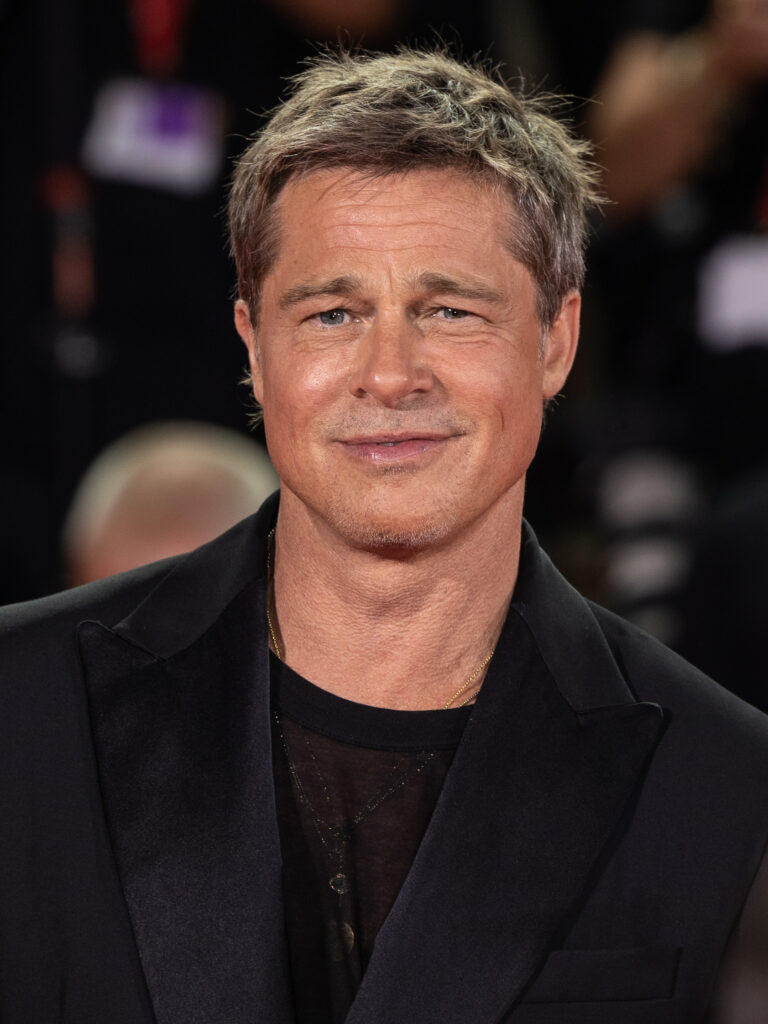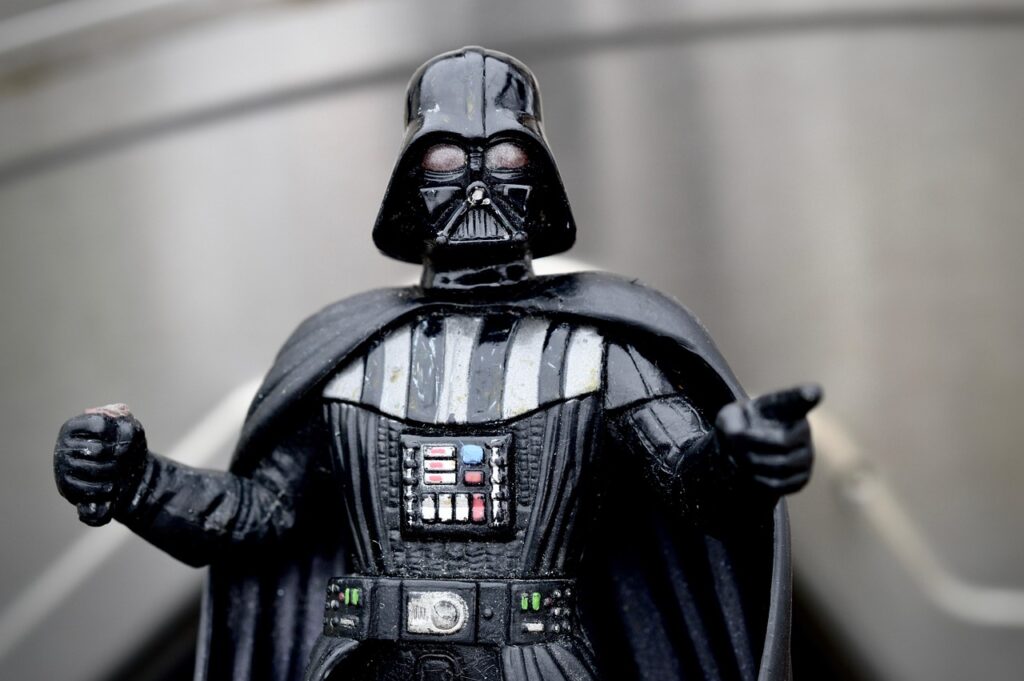
Alright, fellow pop culture fanatics, let’s talk about movies. We all adore the magic of cinema, right? That feeling of getting totally swept away into another world, believing every frame, every character, every impossible stunt. It’s what keeps us coming back for more, year after year, popcorn in hand. But sometimes, just sometimes, that suspension of disbelief gets a massive, awkward wrench thrown into it, usually courtesy of an actor replacement that just… didn’t quite land. These moments pull us right out of the action and leave us scratching our heads.
Now, actor replacements can happen for all sorts of reasons. Sometimes it’s a scheduling conflict worthy of a Hollywood blockbuster itself, other times it’s an unfortunate, unforeseen circumstance (our hearts go out to those situations, truly). And then, there are those instances where ambitious filmmakers try to push the boundaries of technology, aiming for spectacle or a seamless continuation of a performance. But as we’re about to explore, ambition doesn’t always translate into a convincing on-screen presence.
Today, we’re taking a joyride through the wild world of cinematic blunders, specifically focusing on those times when computer-generated imagery stepped in for a human actor, and well, let’s just say it was less ‘magic’ and more ‘making us do a double-take.’ Get ready to give your eyes a workout as we revisit some of the most notably glaring examples of CGI actor replacements that were entirely unconvincing. These are the digital stand-ins that tried to fool us all, and honestly, they barely got off the starting blocks.
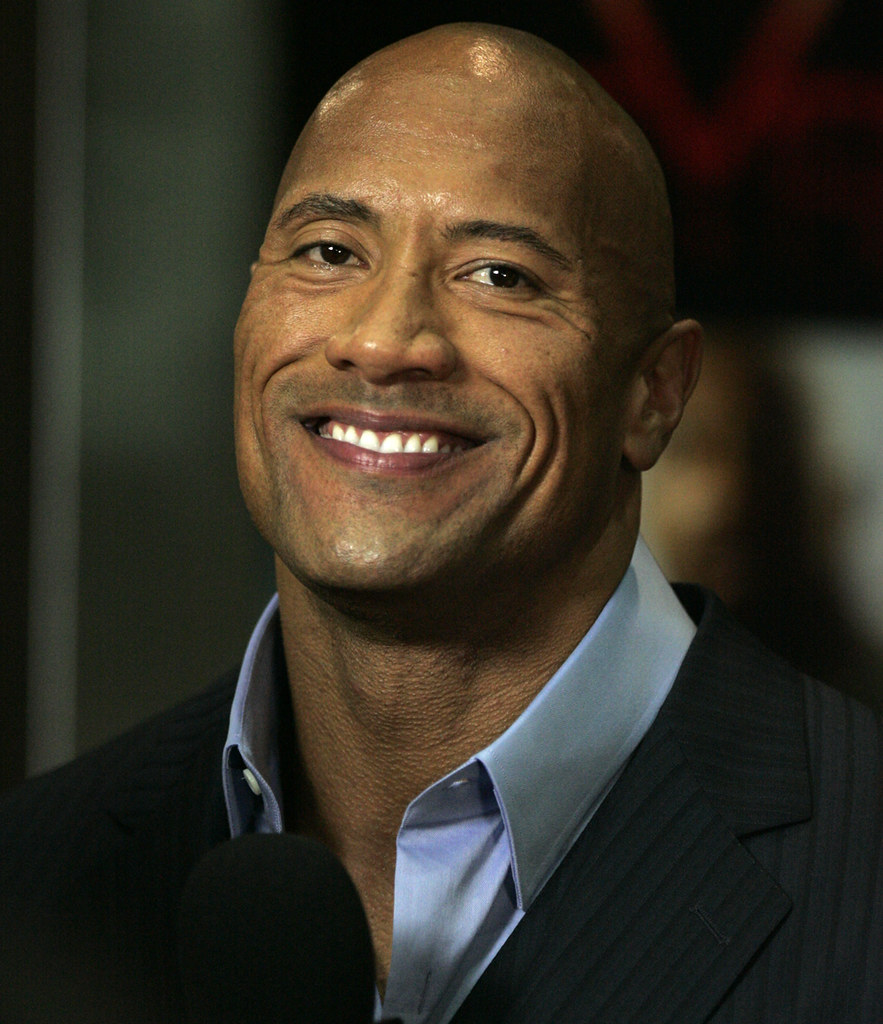
1. Dwayne Johnson in The Mummy Returns
Kicking off our list is a truly notorious instance of CGI poorly substituting a real actor, and it comes from none other than Dwayne “The Rock” Johnson’s debut in the film acting world. In 2001’s “The Mummy Returns,” the sequel to 1999’s “The Mummy,” we were all thrilled to see the beloved cast return, along with a fresh face making a big splash: celebrity wrestler Dwayne Johnson, who was 29 at the time.
Johnson makes a brief, live-action appearance in the film’s prologue as Mathayus of Akkad, also known as the Scorpion King. It sets the stage for what we expect to be a formidable antagonist. However, when the Scorpion King reappears in the movie’s climax, things take an unexpected, and frankly, hilarious turn. He’s transformed into a monstrous, 100% CGI human-scorpion hybrid.
And here’s where the trouble starts: the human part, to say the least, isn’t exactly convincing. While the CGI in “The Mummy Returns” has actually aged relatively well for a 2001 movie so heavy on digital wizardry, the Scorpion King still sticks out like a sore thumb. This glaring digital stand-in all but implodes the film’s action-packed finale, rendering its would-be menace completely flat.
The Scorpion King’s final form feels so uncanny, unreal, and just plain goofy that there’s absolutely no suspense to Rick O’Connell’s fight with him. This botch job was reportedly a result of the movie’s CGI team having limited access to Johnson due to his busy WWE schedule. The unfortunate outcome was a model that bore so little resemblance to the real-life Johnson that it might as well have been designed from memory. Ouch.
Read more about: Hollywood’s Elite: Unveiling the Highest-Grossing Actors and Actresses of Our Time

2. Ben Affleck in Daredevil
Phew, talk about a superhero movie that has seen better days! Years before the character was brought roaring back into the pop culture limelight by his stellar Netflix and Disney+ series, Marvel’s Daredevil got an infamous 2003 film adaptation. Written and directed by Mark Steven Johnson, it starred Ben Affleck as Matt Murdock, Jennifer Garner as Elektra, and the inspired casting of Michael Clarke Duncan as Wilson Fisk.
Financially, the film barely broke even, and fans heavily criticized Johnson’s “Daredevil” for failing to capture the spirit of the comics. The film started with an overly silly and fantastical tone, which, let’s be honest, wasn’t what many were hoping for. This lack of seriousness and grounding was unfortunately reflected in many of the film’s technical aspects, including the CGI work used to bring Affleck’s Daredevil to life in some of the more elaborate and acrobatic stunts.
Rather than prioritizing live-action stunt work and clever choreography, like the character’s later TV iterations, the 2003 “Daredevil” frequently resorted to replacing Affleck wholesale with an all-digital version of the suited-up Man Without Fear. And honestly, it rarely looked functional, let alone convincing. It’s one of those moments that makes you wonder if they even tried to make it look real.
Shots of Daredevil leaping through rooms, up walls, and out of buildings consistently looked like they belonged in video game cutscenes. It felt like a 3D figurine suddenly replaced Affleck as if we wouldn’t notice the switch. This digital double often broke the immersion, leaving us less invested in the Man Without Fear and more amused by the digital man without texture.
Read more about: The Ultimate Roll Call: 14 Jennifers Who Are Absolutely Crushing It and Changing the World!
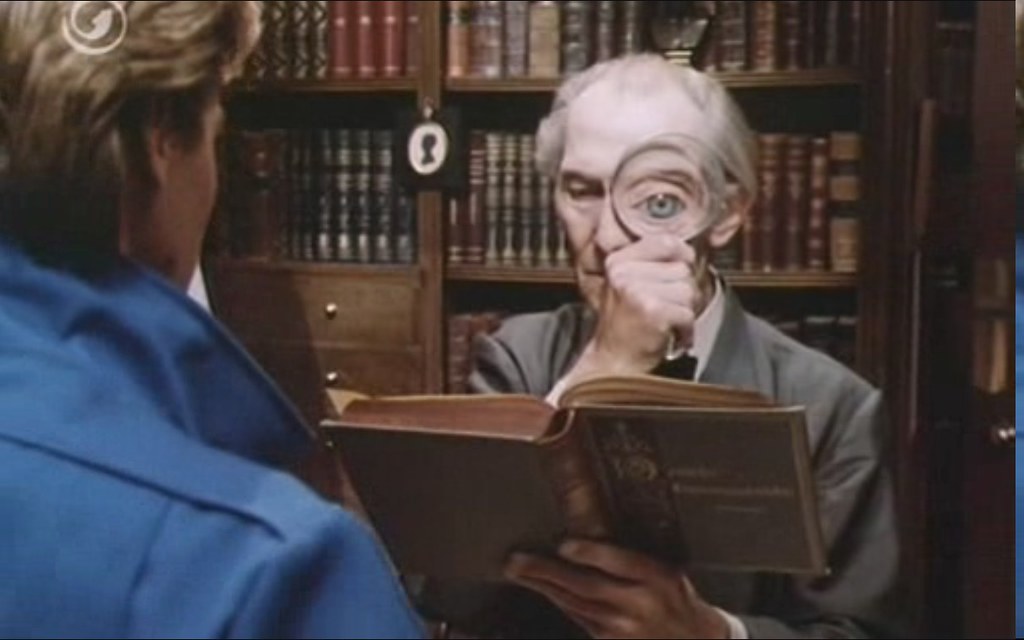
3. Peter Cushing in Rogue One
Ah, “Rogue One: A Star Wars Story” from 2016. This prequel certainly went down in history for several reasons, and many of them were quite positive. It was the first “Star Wars” theatrical film to truly depart from the stylistic template of the Skywalker Saga, bringing us a lateral story and even a different composer from the legendary John Williams. It even became the basis for one of the strongest “Star Wars” spinoffs ever in the Disney+ series “Andor.”
However, the single most notorious aspect of “Rogue One” in the overarching timeline — not just of “Star Wars” but of Hollywood filmmaking — may have been its incredibly controversial use of a digital recreation of the late Peter Cushing. Cushing, who had sadly passed away in 1994, originally played Grand Moff Tarkin in the original 1977 “Star Wars” film, a truly iconic villain.
Instead of simply recasting the part with a new actor, the makers of “Rogue One” opted for a bolder, and some would say ethically dubious, choice. They sought permission from Cushing’s estate to create a CGI model of him and then superimpose that model over English actor Guy Henry in post-production. It was an ambitious undertaking, to say the least.
The result? Several stretches of “Rogue One” are dominated by a stiff, uncanny version of Tarkin. He looks and moves just enough like Cushing to make it glaringly obvious that it’s not Cushing there at all. In many ways, that ethically and cinematically dubious choice opened the door for the ongoing normalization of estate-authorized pseudo-necromancy via digital effects. And honestly, to think they could have just cast a new actor!
Read more about: Beyond the Spotlight Fade: 14 Iconic Actors Whose Final Films Redefined Their Legacies
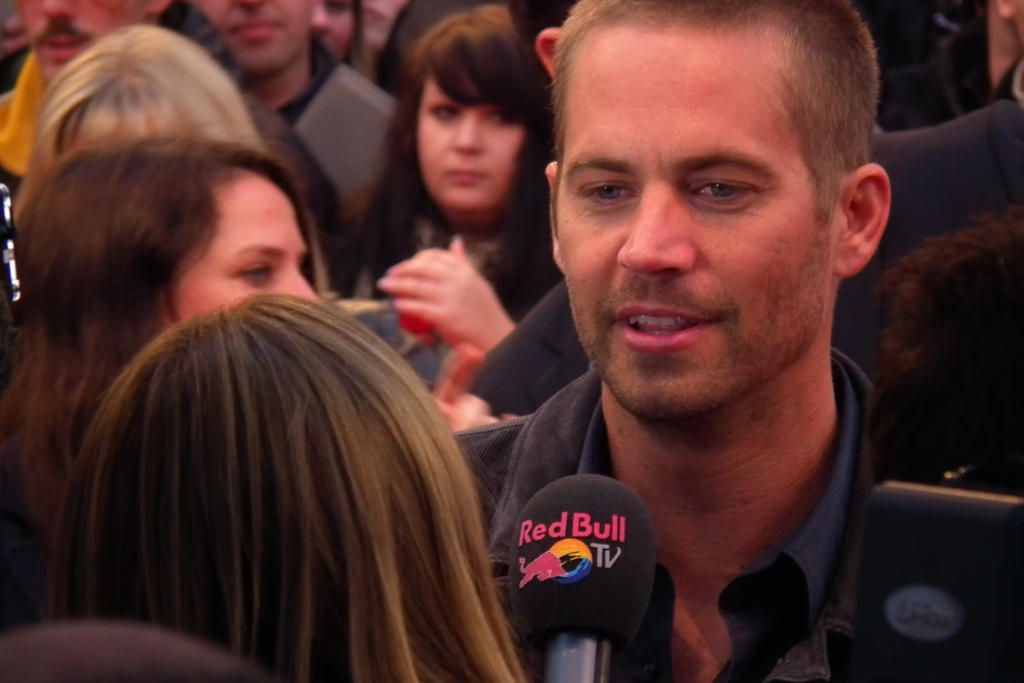
4. Paul Walker in Furious 7
Speaking of digitally resurrecting actors, there are indeed some instances where the choice to create digital approximations of late actors is informed by more than strict “why the heck not” amorality. This often occurs when actors pass away midway through production, leaving an incomplete performance. It’s a truly heartbreaking situation that filmmakers must navigate with incredible care.
Take 2000’s “Gladiator,” for instance. The film was hampered by such an issue when Oliver Reed died with several scenes featuring his character, Proximo, left to shoot. Director Ridley Scott’s team brilliantly solved the problem by superimposing Reed’s face over a body double, so seamlessly that many viewers might not have even noticed it. It was a respectful and technically masterful way to honor his performance.
In the case of “Furious 7,” however, the work of completing an actor’s performance via CGI was much more conspicuous, despite the noble and understandable intention to honor Paul Walker’s memory after his tragic passing. Unlike “Gladiator,” which wisely kept Proximo’s digitally-assisted scenes shrouded in shadow and photographically similar to previous appearances, “Furious 7” all but flaunted its CGI recreation of the late Paul Walker in several key shots.
To be fair, several of those shots are genuinely seamless, a testament to the dedication of the visual effects team. But director James Wan was confident enough to place the digital Brian O’Conner — created by placing Walker’s face over the bodies of his brothers Caleb and Cody, and/or actor John Brotherton — square at the center of the film’s emotional climax. This was in the poignant scene where Brian and Dominic Toretto (Vin Diesel) bid each other farewell on the road. The intended emotion, while truly heartfelt, was unfortunately distracted by a poorly-timed brush with the uncanny valley. It was a moment that, for many, felt more jarring than moving.
Read more about: Hollywood’s Unforgettable Swan Songs: 15 Stars Whose Final Films Shined Brightest
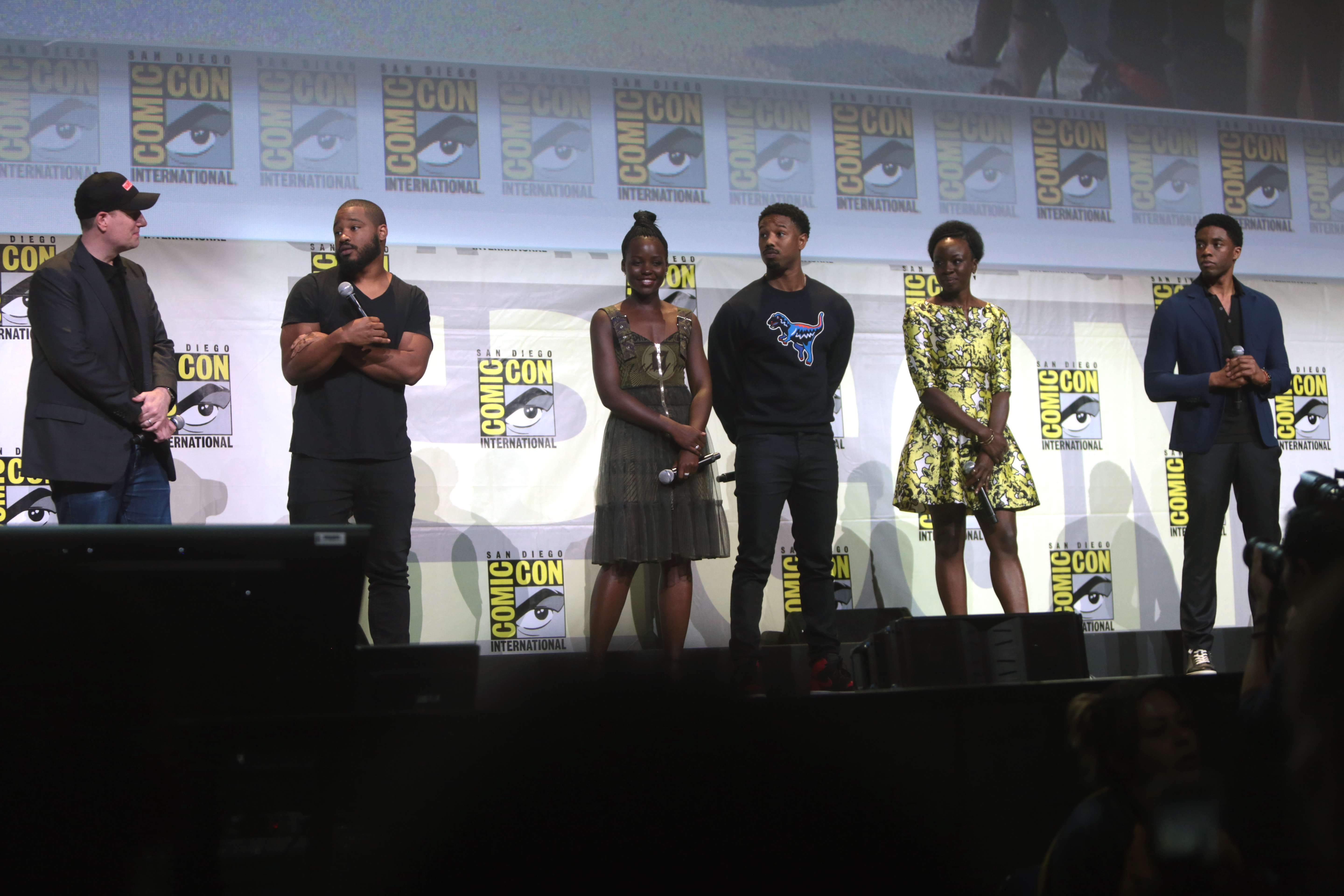
5. Chadwick Boseman and Michael B. Jordan in Black Panther
“Black Panther” still stands as one of Marvel’s absolute best movies years after its release, and it’s not hard to see why. Not to mention, it’s one of the most expansive, thorough, and impressive technical feats in the whole MCU. From its stunning costumes and breathtaking art direction to its bright-colored cinematography, elaborate stunt choreography, and gorgeous musical score, Ryan Coogler’s 2018 Afrofuturist epic is a masterpiece of perfectionism and imagination that truly puts most Hollywood blockbuster movies to shame.
It’s no wonder that it changed the Oscars forever with several history-making nominations and became the first MCU movie to actually win multiple Academy Awards. Seriously, what a triumph! However, perhaps it’s also not much of a surprise that the visual effects of “Black Panther” were not even nominated, as they are notably the film’s only technically substandard aspect. It’s a stark contrast to the film’s overall excellence.
The generally rubbery and weightless CGI of “Black Panther” sometimes poses a problem, even within the film’s otherwise lushly immersive design. It’s a minor quibble in an otherwise incredible film, but it’s there. Yet, the one moment in which it actively compromises the film’s storytelling is during the epic final fight between T’Challa (Chadwick Boseman) and Killmonger (Michael B. Jordan) in the Wakanda vibranium mines.
With both characters wearing full-body suits, the film opts to momentarily replace the performers with all-digital models to facilitate an elastic, gravity-defying action sequence. But due to some truly shoddy CGI work, the end result feels less like the physically expressive denouement to a tragic interpersonal conflict and more like watching two characters duke it out in a PlayStation 3 fighting game. It’s a real shame for such a powerful scene.
Read more about: The Poignant Final Texts: 13 Beloved Stars Who Left Us Too Soon and Their Last Heartfelt Messages

6. Pierce Brosnan in Die Another Day
Pierce Brosnan’s four films as James Bond marked a truly raucous, sometimes chaotic transition period for the franchise. It was the era between the slick, campy Cold War spy thriller vibes and the blooming Hollywood blockbuster age of the ’90s and 2000s. As the franchise’s set pieces became more bombastic and maximalist, they also became more reliant on CGI of wildly varying quality. This, as you can imagine, led to some unforgettable moments—for better or worse.
Brosnan’s final Bond film, 2002’s “Die Another Day,” features perhaps the most regrettable example of the series overreaching technologically in the name of would-be spectacle. We are referring, of course, to the infamous tidal wave surfing scene. This moment occurs when Bond is escaping Gustav Graves’ (Toby Stephens) Iceland facility while being pursued by the ice-melting Icarus satellite. It was supposed to be a showstopper.
Most of the scene features a live-action Brosnan surrounded by CGI water and glaciers, accomplished through blue screen chroma keying — and those stretches look silly enough on their own. But then, at key points, the sequence demands Bond to pull off gravity-defying feats. This is where the filmmakers resorted to replacing him with a full-on CGI model of Brosnan, and that’s when things really took a dive.
Even seen from behind, the digital model in those crucial shots is entirely unconvincing. It’s one of the most notorious instances of overly ambitious CGI mucking up an otherwise engaging early-2000s action-fest. It’s no wonder that the series immediately reverted back to a more grounded and practical style for the subsequent Daniel Craig installments. Sometimes, less really is more, especially when it comes to digital surfing.
Read more about: 12 Blockbuster Films Ruined by a Single Terrible Plot Twist: We’re Breaking Down What Happened!
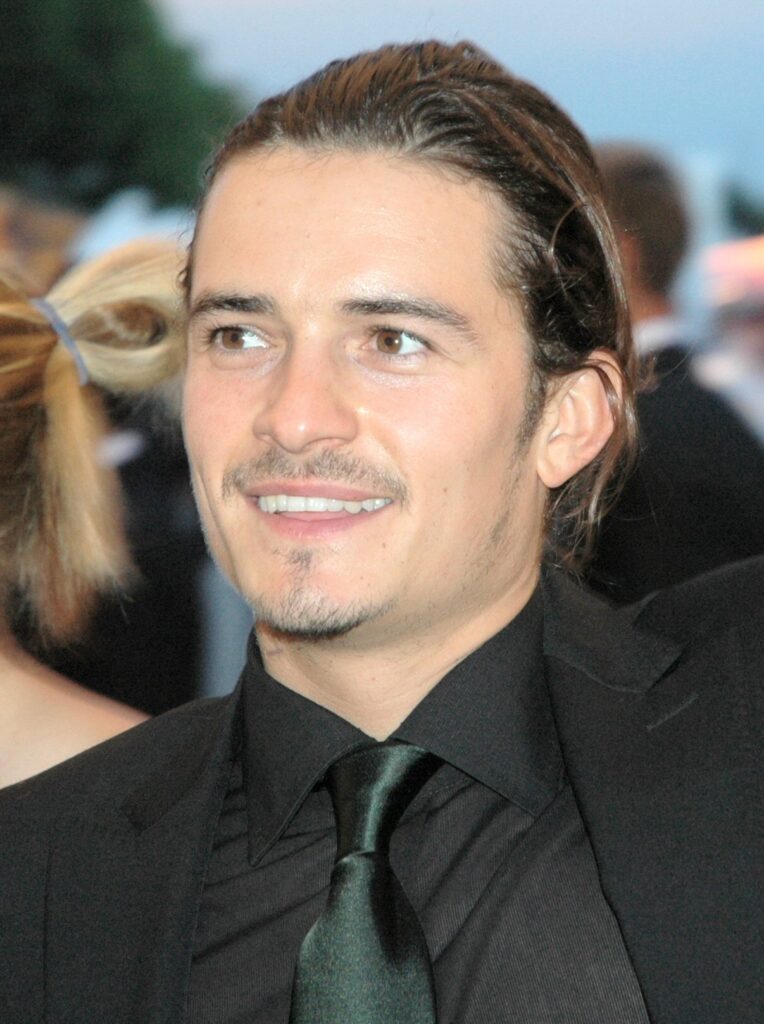
7. Orlando Bloom in The Hobbit: The Desolation of Smaug
Fittingly for a middle chapter unencumbered with either table-setting or wrapping-up, 2013’s “The Hobbit: The Desolation of Smaug” often stands out as the only truly decent movie in Peter Jackson’s somewhat bloated “The Hobbit” trilogy. This is largely due to its baseline functionality as a simple, fun, and straightforward action-adventure romp. It had some genuine moments of excitement that almost recaptured the magic of its predecessors.
The film’s various action sequences are big, well-assembled, and entertaining enough to almost recapture the technical grandeur of the “Lord of the Rings” trilogy, if not quite its dramatic and artistic sturdiness. An unexpected high point for many viewers is the three-way river battle between the Dwarves, the Wood-elves, and the Orcs. This sequence forgos any somberness and veers into straight-up cartoon logic, carried out with delightful abandon by Jackson and his tech team.
That said, even as the sequence’s inherent goofiness proves to be an asset, there’s no denying that the CGI models that sub in for the actors during most of the wide shots feel, well, less than lifelike. It’s a common trap when going for grand scale and rapid movement, but it still breaks the illusion. The digital stand-ins just don’t quite hit the mark of believability, even in a world of dragons and magic.
And Legolas’ (Orlando Bloom) various showy scuffles with the Orcs around the rocky riverbanks are by far the worst offender here. Save for occasional split-second cuts to Bloom looking around and shooting arrows, Jackson doesn’t even try to splice in the CGI Legolas with any practical action. In shots where the shaky-cam slows down enough to give us a good glimpse of Legolas, he suddenly feels less like a flesh-and-blood character than, ironically, the CGI Orcs he’s fighting. Yikes!
Alright, let’s switch gears from the big screen’s digital disasters to the small screen’s casting conundrums! TV shows are a different beast entirely. We invest *so* much time in these characters, building a weekly ritual around them. So when a beloved actor suddenly vanishes or gets replaced, it hits different, right? It’s like finding out your favorite coffee shop changed baristas and now your latte just isn’t the same. “Community” is a prime example of a show that tried to keep the magic alive through multiple cast changes, but it really tested the loyalty of its dedicated fanbase.
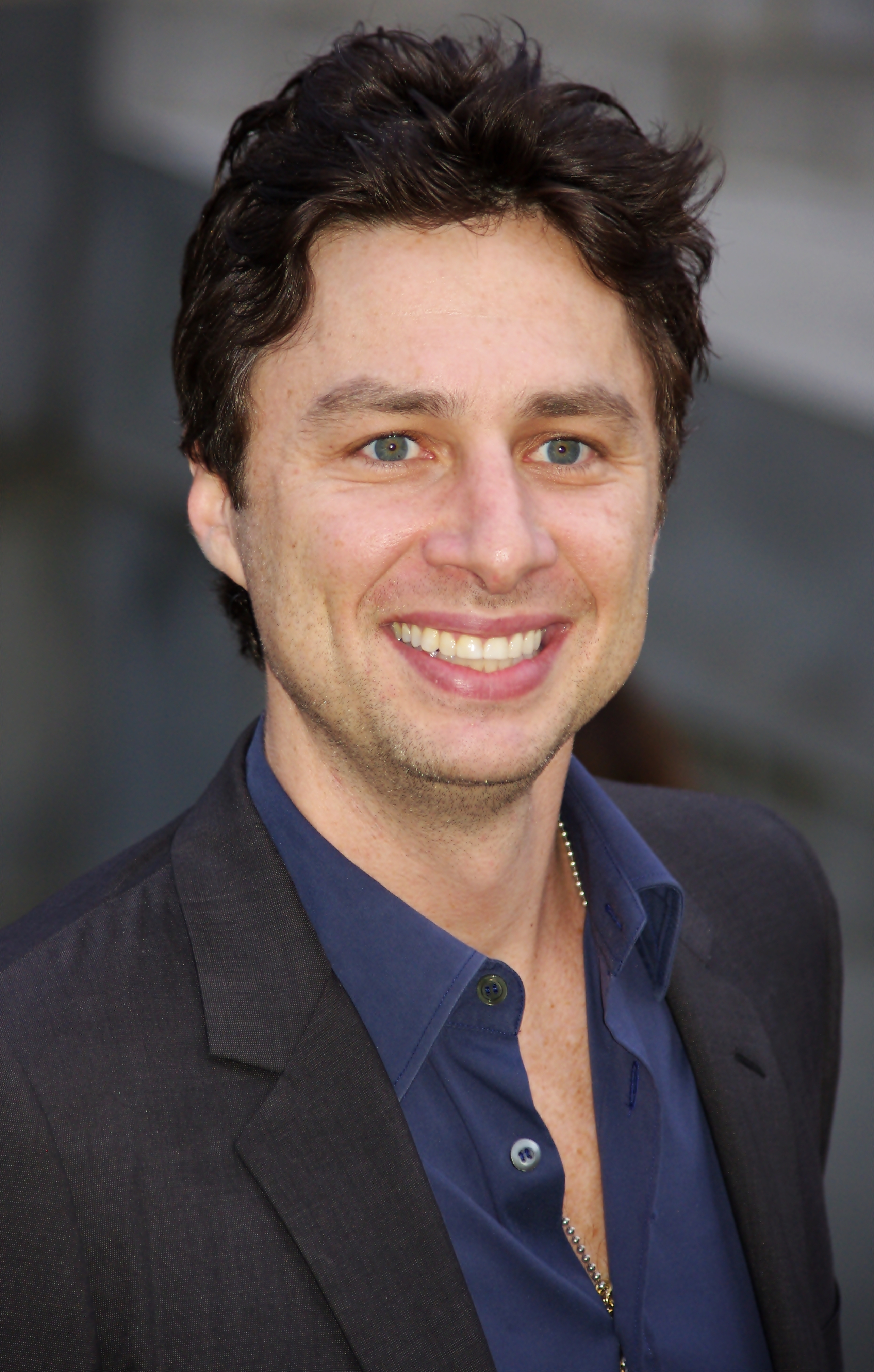
8. Scrubs
Speaking of shows that tried to reinvent themselves, let’s talk about “Scrubs”! This comedy-laced-with-drama about a group of medical interns navigating the chaotic world of a hospital was a critical darling for NBC for years, earning Emmy nominations and a loyal following. It masterfully blended laugh-out-loud humor with genuinely poignant emotional moments, all centered around the lovable internal monologues of Dr. John Dorian, played by Zach Braff.
However, after seven seasons, NBC decided to drop the show. Then, in a twist that felt like something out of a medical drama, ABC picked it up! The writers and cast prepared a beautiful, true series finale at the end of what was supposed to be Season 8, giving fans a satisfying farewell. But then, ABC unexpectedly renewed the series for a ninth season. Here’s where things got tricky: Zach Braff, the heart and soul of the show, was ready to move on. He had aspirations for other projects, even if Hollywood didn’t always come calling afterward.
So, “Scrubs” was faced with a monumental challenge: how do you do “Scrubs” without J.D.? The show decided to undergo a major retooling, shifting its setting from a teaching hospital to a medical school. Beloved characters Dr. Cox (John C. McGinley) and Dr. Turk (Donald Faison) transitioned from active surgeons to teachers, trying to pass on their wisdom. But the biggest change was the introduction of Dr. Lucy Bennett, portrayed by Kerry Bishé, who was brought in to replace Dorian/Braff as the new center and narrator of the show.
For many fans, these big changes were just too much to digest. The magic of J.D.’s internal monologues, his bromance with Turk, and his unique perspective on hospital life were integral to the show’s identity. While the new cast and premise had their merits, it felt less like “Scrubs” and more like a different show entirely, wearing the same name. The ninth season, unfortunately, became its last, proving that sometimes, even when a show attempts a radical transformation to survive, it loses the very essence that made it beloved in the first place.
Read more about: Unlocking Culinary Gold: 15 Must-Try Dishes That Define Philadelphia’s Best Restaurants and Truly Beat the Regular Menu
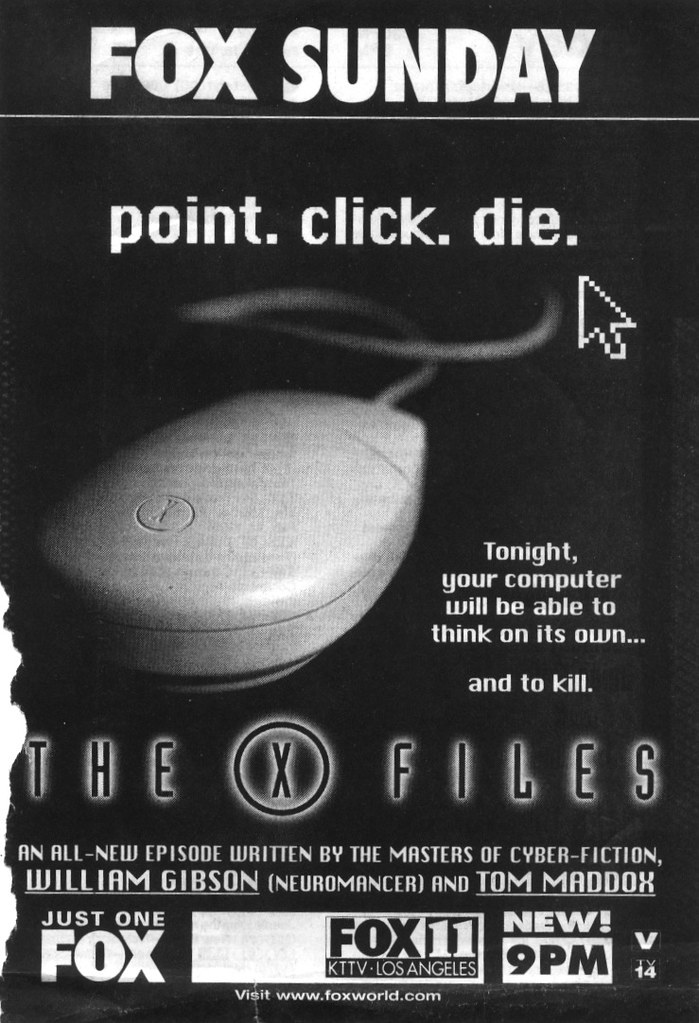
9. The X-Files
Now, this is one for the true believers! “The X-Files” wasn’t just a TV show; it was a phenomenon. For six incredible seasons, David Duchovny as Fox Mulder and Gillian Anderson as Dana Scully captivated audiences with their investigations into paranormal events, alien abductions, and intricate government conspiracies. The show became a massive hit for Fox, changing the landscape of television and making huge stars out of its two leads, thanks to their undeniable chemistry.
But just before the series’ seventh season in 1999, things took an unexpected turn behind the scenes. David Duchovny sued 20th Century Fox, alleging that the studio had unfairly sold rerun rights at a discount to its own affiliates, thereby shortchanging him and other actors on profits. While the lawsuit eventually settled, it soured the relationship between Duchovny and Fox right when negotiations for future seasons were underway. Neither party was exactly eager to continue the partnership in the same way.
The agreement reached was a shock to fans: Mulder would mysteriously disappear at the end of Season 7, and Duchovny would only appear in a handful of episodes during Season 8. To fill the massive void left by Mulder, producers launched a wide search, eventually casting Robert Patrick as the stoic FBI Agent John Doggett. Later, Annabeth Gish joined as Agent Monica Reyes, brought in as a contingency in case Gillian Anderson also decided to depart after Season 8. It was a valiant effort to keep the flame alive.
However, for many viewers, “The X-Files” *was* Mulder and Scully. The delicate balance of their contrasting beliefs, their professional respect, and their unspoken bond was the show’s beating heart. Without Duchovny, or with his reduced presence, that crucial chemistry was undeniably impacted. Ratings, which had peaked at 17.1 million viewers and a #11 ranking in 1997-98, plummeted to #67 with about half as many viewers by 2001-02. “The X-Files” disappeared from regular TV after that, only to resurface years later with *both* Duchovny and Anderson back for two shorter revival seasons, a testament to the fact that some partnerships are simply irreplaceable.
Read more about: The Stale Sequel Syndrome: 12 Iconic Film Franchises That Returned Way Past Their Prime
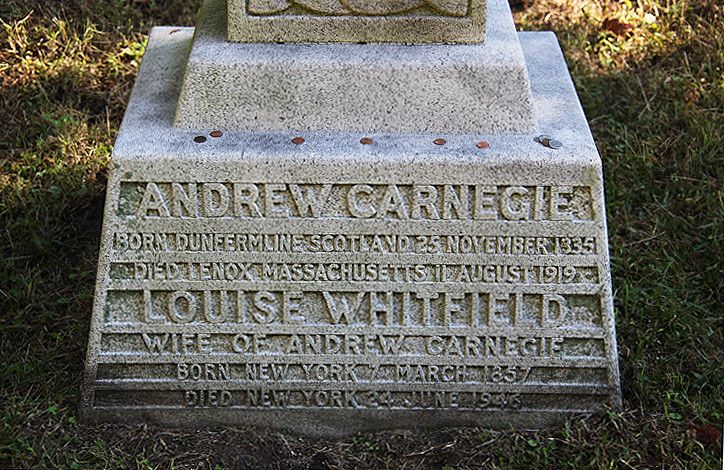
10. Sleepy Hollow
Let’s venture into the supernatural with “Sleepy Hollow,” a show that always marched to the beat of its own drum. Fox’s supernatural cop drama was certainly unique, primarily because one of its main characters, Ichabod Crane (Tom Mison), was literally from the 1820s, resurrected in the present day to fight crime alongside police lieutenant and FBI agent Abbie Mills (Nicole Beharie). Inspired by Washington Irving’s classic tales, the show built a loyal following for its quirky blend of history, mystery, and monster-of-the-week action.
Over three seasons, “Sleepy Hollow” found its groove as a fun, if sometimes convoluted, procedural. The dynamic between the anachronistic Ichabod and the sharp, modern Abbie was central to its appeal. They were the heart of the show, their banter and partnership driving much of the narrative and emotional stakes. Fans loved their evolving relationship and the way they tackled bizarre supernatural threats together.
Then, the unthinkable happened. At the end of Season 3, Abbie Mills died, and Nicole Beharie left the series. Despite a steep drop in viewership from Season 1 to Season 3 (falling from #38 to #99 in the ratings), “Sleepy Hollow” was renewed for a fourth season. The show attempted a major reboot, with Ichabod now partnered with a new Homeland Security agent named Diana Thomas, played by Janina Gavankar. It was a bold move, clearly an attempt to reinvigorate the series.
However, the chemistry just wasn’t the same. Abbie’s absence was deeply felt by fans who had invested in her journey and her bond with Ichabod. The new partnership, while an attempt to fill a critical void, didn’t resonate in the same way. The cast reboot failed to gain traction, and the show’s ratings continued to slide, dropping to #123. Unsurprisingly, “Sleepy Hollow” was canceled after that fourth season. It’s a classic example of how integral a single character and their established relationships can be to a show’s survival, and how sometimes, saying goodbye means truly saying goodbye.
Read more about: Beyond the Red Carpet: 12 Actors Who Might Be More Problematic Than You Think
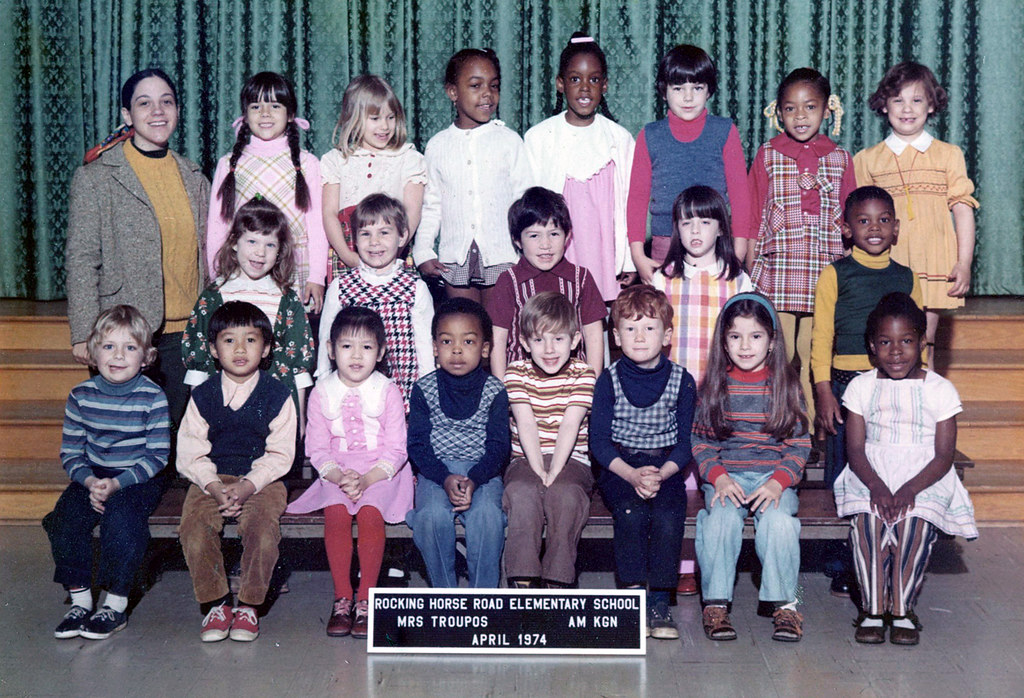
11.That ’70s Show
Groovy, man, let’s talk about “That ’70s Show”! For seven seasons, this nostalgic Fox sitcom transported us back to the basement, to Wisconsin, and to a simpler, bell-bottomed time. It was a massive hit, making stars out of its young cast, particularly Topher Grace as the lovable but often exasperated Eric Foreman, and Ashton Kutcher as the hilariously dim-witted Michael Kelso. Their dynamics, along with the rest of the ensemble, created a show that felt like hanging out with your own group of friends.
But, as often happens when young actors find success, Hollywood came calling for bigger roles. After seven seasons, Topher Grace decided to leave “That ’70s Show” to pursue his blossoming film career more aggressively. Ashton Kutcher, another huge star, also departed, though he graciously stuck around for a few episodes in Season 8 to provide an explanation for Kelso’s move to Chicago, while Eric was said to have moved to Africa. These were two *huge* vacancies in the core friend group.
To try and mend these significant holes, the producers brought in Josh Meyers, a veteran of “Mad TV,” to play a new character named Randy. Randy got a job at Hyde’s record store, Grooves, and even developed a brief relationship with Donna, Eric’s former girlfriend. The idea was clearly to inject new blood and recreate some of the familiar relationship dynamics that fans loved.
However, it was an uphill battle. Randy, despite Meyers’ efforts, didn’t have the history or the established relationships that Grace and Kutcher’s characters did with the rest of the ensemble. The decimated cast, coupled with the introduction of a new character who never quite fully meshed, contributed significantly to the show’s diminished popularity. The eighth season of “That ’70s Show” proved to be its last, a clear indication that while new characters can sometimes revitalize a series, replacing foundational pillars can be a bridge too far.
Read more about: Behind the Laughter: 13 Celebrity Scandals from Classic Sitcoms That Were Kept Under Wraps at the Time

12. Step by Step
Let’s boogie down memory lane with “Step by Step,” the classic ABC sitcom about the blended Lambert-Foster family. Suzanne Somers and Patrick Duffy led a household full of kids, but one of the standout characters was Frank’s nephew, Cody, played by Sasha Mitchell. Cody lived in a van outside the house, embodying the good-natured, air-headed California dude archetype, often compared to Keanu Reeves’ Ted from “Bill & Ted’s Excellent Adventure.” Mitchell’s affable and enthusiastic portrayal made Cody a fan favorite, bringing a unique brand of goofiness to the sitcom.
However, things took a dark turn off-screen. In 1995, Sasha Mitchell was arrested for spousal assault, and subsequently convicted, receiving a sentence of three years probation and spousal abuse counseling. His legal troubles escalated when he violated his parole by skipping town, missing counseling courses, and allegedly attacking his wife again while she was holding their baby. Unsurprisingly, by the start of the 1996-97 season, Cody – and Sasha Mitchell – were gone from “Step by Step.”
To fill the void of the show’s resident goofball, producers brought in Bronson Pinchot, best known for his wonderfully eccentric performances as Balki in “Perfect Strangers” and Serge in “Beverly Hills Cop.” Pinchot introduced Jean-Luc, an excitable, heavily-accented hairdresser colleague of Carol’s. The idea was to bring in a similar comedic energy and a character that could interact with the family.
While Pinchot is undeniably a talented and frenetic comedian, his character, Jean-Luc, just didn’t quite click with the established “Step by Step” dynamic for many viewers. The new blood, despite its energetic delivery, wasn’t enough to revitalize the series. ABC canceled “Step by Step” at the end of that season. The show did get a final year on CBS, but it was without Pinchot, and only saw a single guest appearance from Mitchell. It’s a stark reminder that off-screen drama can have a profound impact, and sometimes, even a replacement with similar comedic chops can’t mend what’s broken.
Read more about: Christopher Atkins’ Unforgettable Journey: From ‘Blue Lagoon’ Heartthrob to Silver-Haired Grandpa, A Life Transformed
What these instances, both cinematic and televisual, truly highlight is the delicate balance between storytelling and performance. A great actor brings not just a face or a voice, but an intangible essence, a chemistry that can make or break a character, and by extension, an entire project. When that essence is altered, whether by ambitious CGI or a new performer, it challenges our connection to the narrative. It reminds us that sometimes, the magic isn’t in the spectacle or the plot twists, but in the human heart that beats at the center of it all. And when that heart changes, audiences are often the first to notice, and the last to forget.


